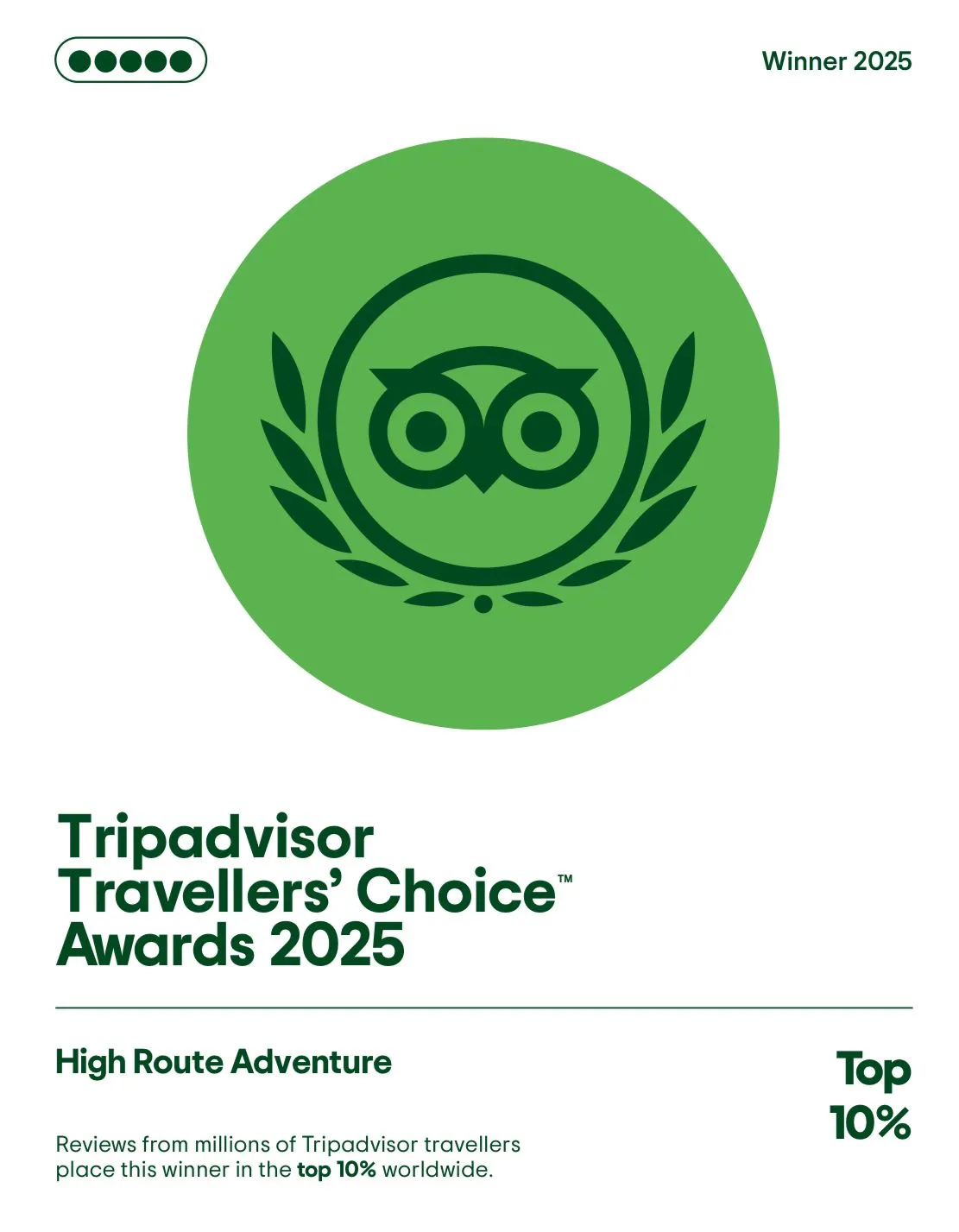How To Prevent Altitude Sickness On Mera Peak Climbing?

You might wonder about getting altitude sickness while preparing for the Mera Peak(6,476 m). Walking at the high altitude of mountains like Mera Peak, there is a high chance of getting altitude sickness. You will be walking above the incredible height of 6000m during the Mera Peak Climb. So, knowing about altitude sickness, its symptoms, and preventive measures is extremely important.
In this blog, you will get all the knowledge related to altitude sickness. Understanding altitude sickness is extremely important whether you are a first-time climber or an experienced one.
Let’s dive into details about altitude sickness.
Table of Contents
What is High-Altitude Sickness?
Before jumping directly to preventive measures let’s understand first about what altitude sickness is. Altitude means the distance above sea level. At higher altitudes, the air contains less oxygen. So altitude sickness happens when you go to a high altitude due to less amount of oxygen than you’re used to. Altitude sickness can happen to anyone who goes trekking/climbing at a higher altitude. But some people can go to much higher altitudes without getting any symptoms.
Altitude sickness can be cured easily at the initial stage. However, the risk can be higher if the person neglects the initial symptoms. Therefore, it is extremely important to cure at the initial stage. Altitude sickness is divided into three categories.
Types of Altitude Sickness
Acute Mountain Sickness (AMS): AMS is the first or initial stage of altitude sickness. AMS can be cured easily. This mild type of altitude sickness symptoms usually lasts 1 or 2 days if treated in time.
Symptoms of AMS:
- Headache (this is the most common symptom).
- Nausea and vomiting.
- Loss of appetite.
- Fatigue, even when resting.
- Malaise (a noticeable “unwell” feeling).
- Trouble sleeping.
- Dizziness or lightheadedness
High-Altitude Pulmonary Edema (HAPE): If the altitude sickness becomes severe, there is a high chance of having HAPE. In this situation, the scenario can be worse and sometimes fatal. Also, there is a chance of brain swelling, which can cause:
- Headache
- Confusion
- Walking that is unsteady and clumsy
Note: If HACE is not treated immediately, then it can cause seizures, coma, and death.
High Altitude Cerebral Edema (HACE): In this stage, the altitude sickness patient might have extreme breathing conditions. Also, there is a high chance of fluid filling the lungs, which causes problems such as
- Coughing without moisture and feeling breathless after light activity
- Difficulty breathing even when at rest
- Bluish tint on your skin, lips, and nails
- Occasionally struggling to breathe, coughing up pink or bloody phlegm, and producing gurgling noises while inhaling
- Without prompt treatment, High Altitude Pulmonary Edema (HAPE) can lead to death.
Understand about the Risk Factors for Altitude Sickness
- Higher altitudes: Walking altitude above 2000-3000m above sea level increases the chances of altitude sickness.
- Speed of ascent: walking at a fast pace at a high altitude without resting or acclimatization also increases the chance of altitude sickness.
- Alcohol and drugs (medical and non-medical): Trekking or climbing at high altitudes while consuming alcohol and drugs also cause altitude sickness.
- History of altitude sickness: If you have done any previous high-altitude trekking or climbing and have a history of altitude sickness, then the chances of having altitude sickness become high.
- Age: While considering the risk factor for altitude sickness, age also matters, particularly for the elderly. Due to health issues at an older age and the decrease in physical fitness, the chances of altitude sickness is higher compared to young age people.
How to Prevent High-Altitude Sickness
- Limit how fast you ascend.
- Take rest days to acclimate
- Sleep at a lower altitude if possible.
- Preventive medications
- Avoid alcohol and smoke cigarettes.
- Don’t do heavy exercises at high altitudes.
- Ascend 1000 m in one day. Do not climb higher than that.
- Remember not to climb the heights alone, and inform your trekking Guide or a trusted person if you suspect something is awkward and leaky.
- If you experience a leak, even if you do not improve your health while resting, immediately inform your Guide for emergency medical evacuation.
Treatments for Altitude Sickness
The first thing that the Mera peak climbers should do to prevent altitude sickness is to descend to a lower altitude.
There are several other ways to prevent climbers from altitude sickness when it is not a severe condition.
- Stop ascending and take a rest. It is a good idea at the first signs of altitude sickness.
- If symptoms such as dizziness, fatigue, or nausea start to get more severe, then descending is a top priority. It would help if you descended until the symptoms get better.
- In some cases of altitude sickness, breathing high oxygen concentrations also helps.
- Certain medications like acetazolamide, dexamethasone, or nifedipine can also treat altitude sickness.
- Using Hyperbaric therapy can delay the worsening of symptoms until it’s possible to evacuate a person to a lower altitude.
How Vital is Acclimatization to Prevent Altitude Sickness?
During the Mera Peak Climbing, you will be walking above the altitude of 6000m. To complete this trek, you need to spend at least two weeks in the mountain. Trekking agencies like HighRouteAdventure have planned the Mera Peak itinerary in such a way that you will have sufficient time to rest. Having a rest day is extremely important not only to prepare for the big summit but also to avoid altitude sickness. Acclimatization day will help you to adjust your body to the altitude.
Your body responds differently at high altitudes due to less amount of oxygen present in the air. It takes time for your body to adapt to the new height. So acclimatization is important for every climb, like the Ama -Dablam expedition, Lobuche Peak Climbing, and Island Peak Climbing, including Mera Peak Climbing.
Related articles:
- Mera Peak Climbing Cost
- Best Time to Climb Mera Peak
- How Difficult is Mera Peak Climbing?
- Mera Peak Climbing Permit
Conclusion
It is the responsibility of every climber to maintain safe health during Mera Peak Climbing. Climbers should take every possible step to avoid altitude sickness. You should monitor your health while climbing the Mera peak to prevent any health issues. If anyone on your team suspects the symptoms of altitude sickness while climbing the Mera, you need to immediately inform your guides.
Climbing the Mera Peak is fun and adventurous, but it’s essential to maintain your safety. Following the proper instructions given by your guides and safety protocols, climbing the Mera Peak will provide you with a lifetime experience.
If you would like to book the Mera Peak Climbing or any other trekking or peak climbing in Nepal, then do WhatsApp or contact us.
Posted on








